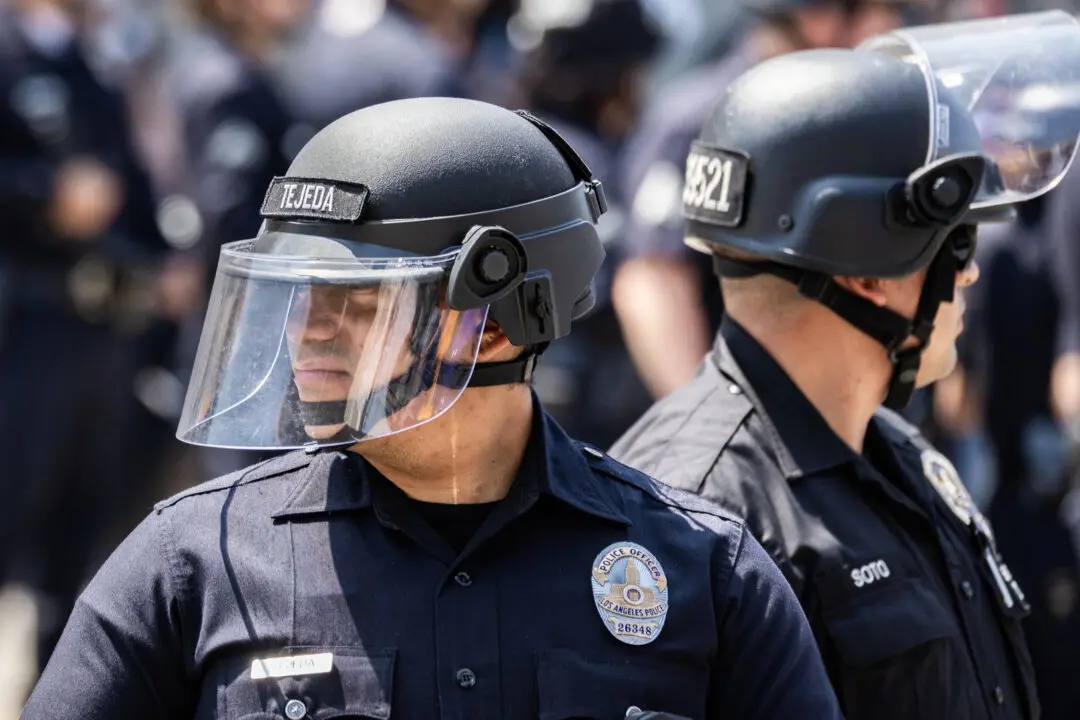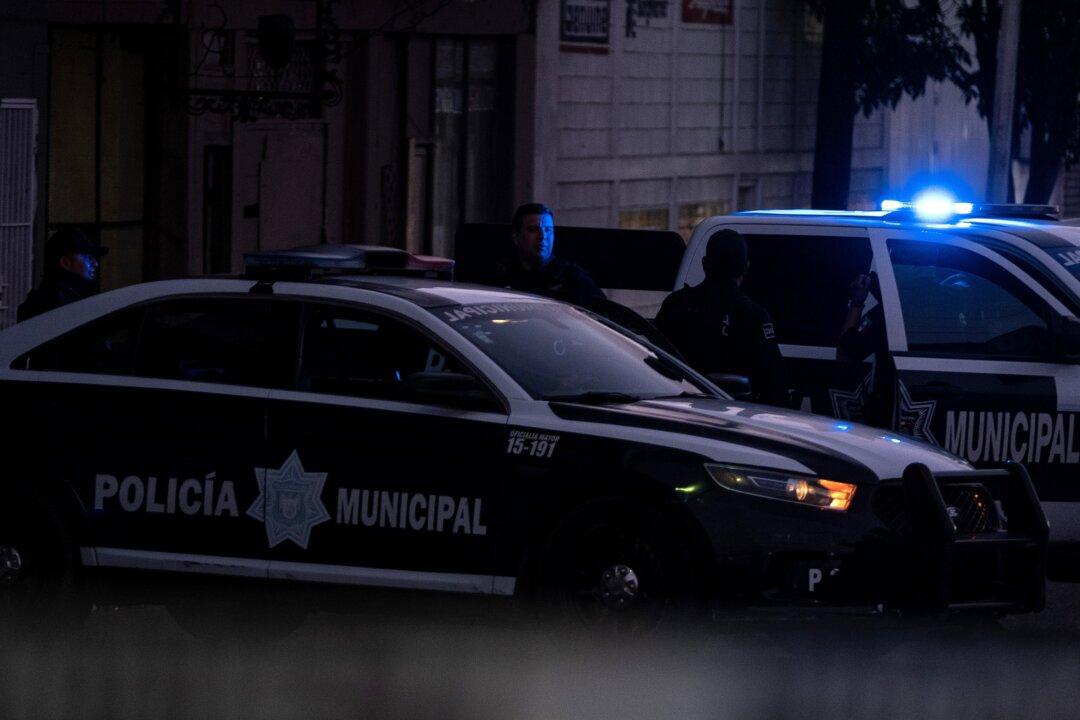SANTA ANA, Calif.—A 36-year-old felon was sentenced Oct. 21 to life in prison without the possibility of parole for gunning down a father working in his food truck on Father’s Day as the defendant was aiming at a gang rival in Santa Ana.
Jose De Jesus Gomez-Ochoa was convicted in March of murder with a special-circumstances allegation of gang activity and sentencing enhancements for the discharge of a gun causing death. He was also convicted of possession of a firearm by a felon.





